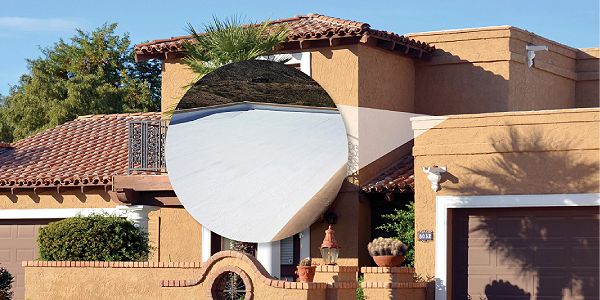Getting to Know Green Roofs

By Molly Nelson, RCS Intern.
Understand the differences and similarities between the various green roof choices.
Green Roofing techniques have been in practice for centuries, but in recent decades, the North American market has become increasingly interested in incorporating more green roofs on residential and commercial buildings. This is an opportunity for roofing professionals to diversify and expand their practice to a new market with great potential for growth. Green Roofs are sought after for their multiple functions of stormwater management, energy use reduction capabilities, potential for recreation or urban agriculture and aesthetic qualities. All of these functions are attracting more customers across the residential and commercial spectrum, which means more long-term job opportunities for skilled and unskilled workers.
There are multiple types of green roof systems that will be covered in this series. According to Green Roofs for Healthy Cities, all green roofs are an extension of the roof and include a water-proofing component, drainage system, filter, growing medium and plants. However, each roof is unique to its location, environment, building and function. This is why different types of green roofs are needed, and it is important to understand the differences and similarities between the choices you have as a roofing professional when working with green roofs.
The types of green roofs that will be covered are:
- Extensive green roofs - Used for single family or multi-family residential buildings. Not available for walking/recreating on except for maintenance purposes. Lower weight limit but great management for water and thermal components. Lowest price point.
- Intensive green roofs - Used on commercial buildings with the purpose of having large green spaces and diverse plant life. Available for walking/recreating in addition to maintenance purposes. Higher weight limit due to deeper growing medium. Highest price point.
- Semi-intensive green roofs - A middle ground between extensive and intensive green roofs with a deeper growing medium with diverse plants, but a lower weight limit, limiting the size of plants. Available for walking, but less opportunity for recreation or agriculture. Medium price point.
- Biosolar roofs - More commonly found on extensive green roofs, this method combines solar panels and green roofs to expand the benefits gained from the roof. The solar panels and the green roof work together to improve efficiency of both systems while providing stormwater management and renewable energy for the building.
- Blue roofs - Not a green roof, but has the same purpose to maintain stormwater. More common in areas prone to flooding. Allows for reuse of water collected and stored in the roof system. Can be combined with a green roof to increase benefits.
Additional articles will highlight more information surrounding green architecture like living walls, as well as international techniques that are up and coming in the industry.
Whether you’re learning what a green roof is for the first time or already incorporate green roofing in your practice, these articles are informative tools to help you learn more about the resources available and the different types of green roofing.
Be sure to check out Why We Should Greenlight Green Roof Projects for more information on green roofs.























Comments
Leave a Reply
Have an account? Login to leave a comment!
Sign In